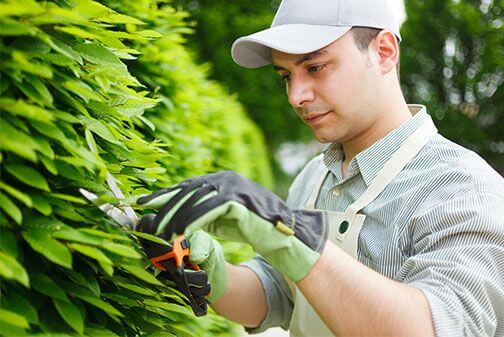Packing Waste-Free School Lunches
Posted on 30/12/2024
In today's world, environmental consciousness is more crucial than ever, and one excellent way to contribute to this cause is by packing waste-free school lunches for your children. This not only reduces your carbon footprint but also instills eco-friendly habits in the younger generation.
The Importance of Waste-Free Lunches
By packing waste-free lunches, you significantly reduce the amount of trash generated each day. Traditional school lunches often come with a lot of single-use packaging that ends up in landfills, contributing to environmental degradation. Switching to waste-free lunches makes a considerable positive impact on our planet.

Essential Components of a Waste-Free Lunch
To pack a waste-free lunch effectively, consider incorporating the following elements into your packing routine:
1. Reusable Containers: Invest in stainless steel or BPA-free plastic containers for food storage.
2. Cloth Napkins: Swap out paper napkins for reusable cloth ones.
3. Reusable Utensils: Use metal or biodegradable utensils instead of disposable plastic ones.
4. Eco-Friendly Lunch Bags: Choose lunch bags made from recycled materials.
Tips for Packing a Waste-Free Lunch
To make the process smoother, here are some practical tips:
1. Plan Ahead: Dedicate time on the weekends to plan the week's meals. This reduces the temptation to reach for single-use items.
2. Buy in Bulk: Purchasing snacks in bulk reduces packaging waste. Store them in small, reusable containers.
3. DIY Snacks: Homemade snacks minimize packaging waste. Consider making healthy treats like granola bars or fruit snacks.
4. Leftovers: Use dinner leftovers creatively. Last night's stir-fry can become today's fried rice.
Activities to Get Kids Involved
Engage your children in the process to teach them the importance of reducing waste:
- Make It Fun: Allow your kids to decorate their reusable containers with stickers.
- Choice: Let them pick what goes into their lunch from a list of pre-approved waste-free options.
- Educational Value: Use the opportunity to teach them about recycling and composting.
Pros and Cons of Waste-Free Lunches
Understanding the benefits and potential drawbacks can help you make an informed decision:
Pros:
- Environmental Impact: Substantially reduces waste.
- Cost-Effective: Reusable items save money over time.
- Health Benefits: Often involves less processed food and more homemade, nutritious options.
Cons:
- Initial Cost: Higher upfront investment in reusable items.
- Time-Consuming: Requires additional planning and preparation time.
- Maintenance: Reusable items need regular cleaning.

Takeaways
Switching to waste-free lunches offers numerous benefits, from reducing your environmental footprint to fostering better eating habits for your children. While it may require some upfront effort and investment, the long-term rewards make it worthwhile.
Conclusion
Packing a waste-free school lunch is a small but impactful way to contribute to the well-being of our planet. With a bit of planning and creativity, you can easily incorporate eco-friendly practices into your daily routine. By involving your children in the process, you not only teach them the importance of sustainability but also nurture lifelong habits that benefit both their health and the environment.
Start small and gradually incorporate more eco-friendly practices into your lunch packing routine. Remember, every little bit helps, and your efforts can inspire others to follow suit, creating a ripple effect of positive change.










